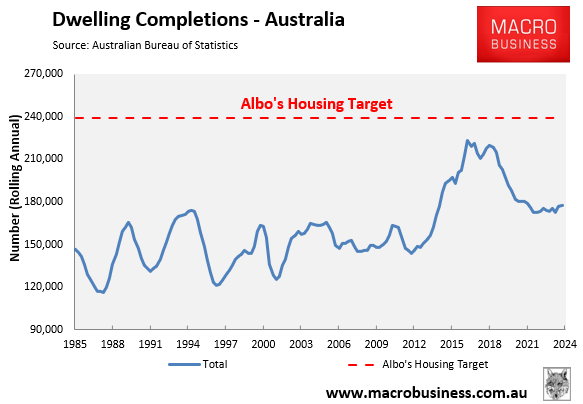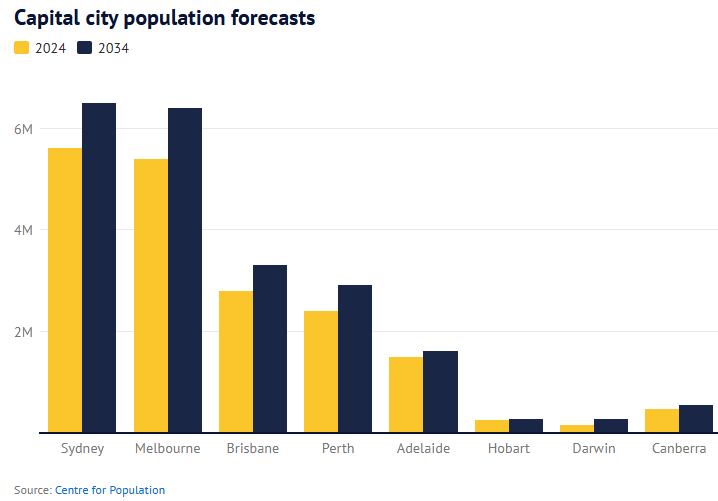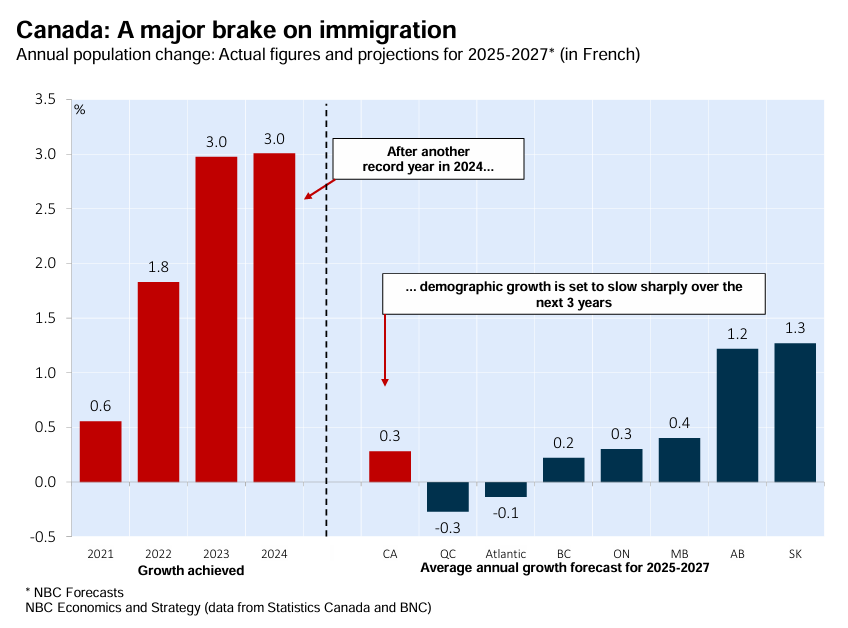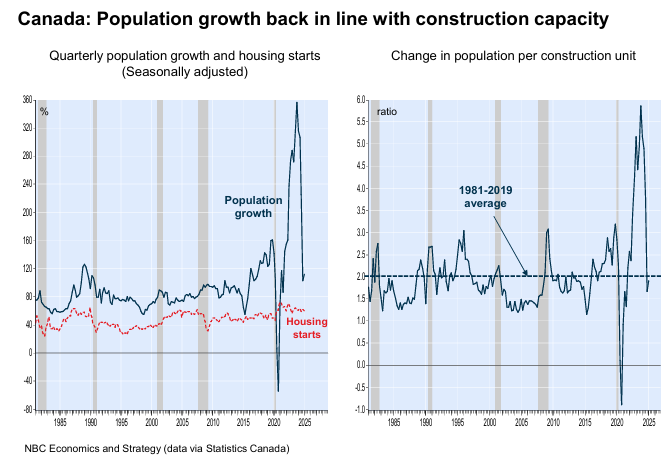The Housing Industry Association (HIA) attacked Tuesday’s federal budget for failing to stimulate housing supply, describing the budget as “a missed opportunity to deliver a concrete housing plan”.
“Australia needs to be delivering a quarter of million new homes year on year to meet our growing population and put downwards pressure on housing and rental affordability”, Managing Director HIA Jocelyn Martin said.
“Instead, we are facing a shortfall of new home delivery in excess of 70,000 year on year due to government induced roadblocks, chronic skills shortages and the outrageous level of taxes and regulatory barriers being imposed on home building and new home buyers”.
The HIA called for the following “deeper and significant reforms”:
- Making housing in all forms and in all locations a “National Priority”;
- Implement policies that treats housing as a “critical infrastructure” in the same manner as hospitals, schools and roads and have commensurate long term funding attached to it;
- Address our industries chronic skills shortages that includes a shortfall of over 83,000 tradies;
- Remove the roadblocks and barriers to greater housing supply;
- Provide long-term funding for key last mile infrastructure to make land shovel ready sooner; and
- Establish financial settings that supports all Australians into home ownership.
“Governments can’t just keep doing more of the same and think it will solve the situation; rather bold and courageous leadership is needed and unfortunately this Budget has missed the mark to deliver a truly transformative package of housing reforms”, Martin said.
“Doing more of the same” and thinking “it will solve the situation” extend to the nation’s immigration policy, which continues to pump demand into a supply-restricted market.

Tuesday’s federal budget projected that Australia’s population would swell by 1.8 million people (360,000 a year) over the next five years, driven by strong net overseas migration.

Source: March 2025 Federal Budget
NSW (486,000), Victoria (544,000), and Queensland (412,000) are projected to experience very strong population growth.
The Centre for Population’s latest population forecasts, released in December 2024, also projected that Australia’s population would swell by 4.1 million people over the 11 years to 2035.

Sydney (900,000), Melbourne (one million), and Brisbane (500,000) are projected to experience very strong growth.
The reality is that Australia will never solve the housing shortage so long as it continues to flood the market with migrants. Demand will forever outstrip supply.
With the supply side bottlenecked, there is only one viable solution to Australia’s housing shortage: immigration must be cut.
As a counterpoint, Canada implemented sweeping immigration cuts, aiming for just 0.3% population growth over three years.

The policy has already born fruit, with population growth falling back into line with construction capacity.

“For the second quarter in a row, population increase per construction unit has returned to its 1981-2019 historical average of 2”, noted Bank of Canada economists.
“This is a step in the right direction, but it is not enough to correct the imbalance caused by the slippage of the past three years”.
“In order to reduce the housing shortage and significantly improve housing affordability, population growth will have to be below the usual ratio for some time”.
“Further slowing population growth will be necessary to help mitigate the housing shortage”, the economists said.
It is also worth mentioning that Australians categorically do not support Big Australia mass immigration. Virtually every opinion poll on the issue over the past 15 years has said so.
High immigration does not make sense from an economic perspective. As explained by economist Judith Sloan this week:
The purported gains [from immigration] include increases in real incomes, meeting skill shortages, the attenuation of ageing and greater tax revenue.
In practice, the economics of immigration, along with many dubious empirical studies, have been used to justify governments accepting large numbers of migrants without public approval. The evidence is overwhelming in Australia: the public wants lower migrant intakes and has done so for some time.
Survey after survey underscores this point but governments of every persuasion have refused to be swayed.
Higher migrant intakes enlarge the size of the economy but do not necessarily increase per capita output, at least in the short term.
Higher intakes lead to an immediate capital shallowing and lower productivity, at least until capital formation can catch up. This can take as long as 20 years.
The more skilled and younger are migrants, the greater the economic gains. But these gains largely accrue to migrants themselves rather than to the population at large. Most migrants, particularly those entering under temporary visas, are not skilled.
The fiscal impact of migration depends on the composition of the migrants. Humanitarian migrants impose a large fiscal drain while only some skilled migrants generate more tax revenue than they receive in direct and in-kind benefits.
Because migrants age, the impact of immigration on the age profile is inconsequential.
Do these economic considerations provide a real basis for a government overriding the legitimate preferences of citizens when it comes to determining the size and nature of a migration program?
Ross Gittins also explicitly singled out persistently high immigration as a significant cause of Australia’s declining productivity and ergo living standards:
If you get more people, but fail to provide them with the same capital equipment as the rest of us have – extra machines for the extra workers, extra houses for the extra families, and extra roads, public transport, schools and hospitals for the extra families – everyone’s standard of living goes down, not up.
In economists’ jargon, you have to ensure immigration doesn’t cause a decline in the “capital-to-labour ratio”. As well as the spending on “capital deepening” needed to raise our productivity, you also need spending on “capital widening” merely to stop our productivity worsening.
Guess what? We’ve had years of high immigration without the increased capital spending to go with it. Part of the problem is that the level of government with control over immigration, the feds, is not the level of government with responsibility for ensuring adequate additional investment in public infrastructure, the states.
If the HIA genuinely cared about solving the housing crisis and improving living standards, it would argue for significantly lower immigration.

